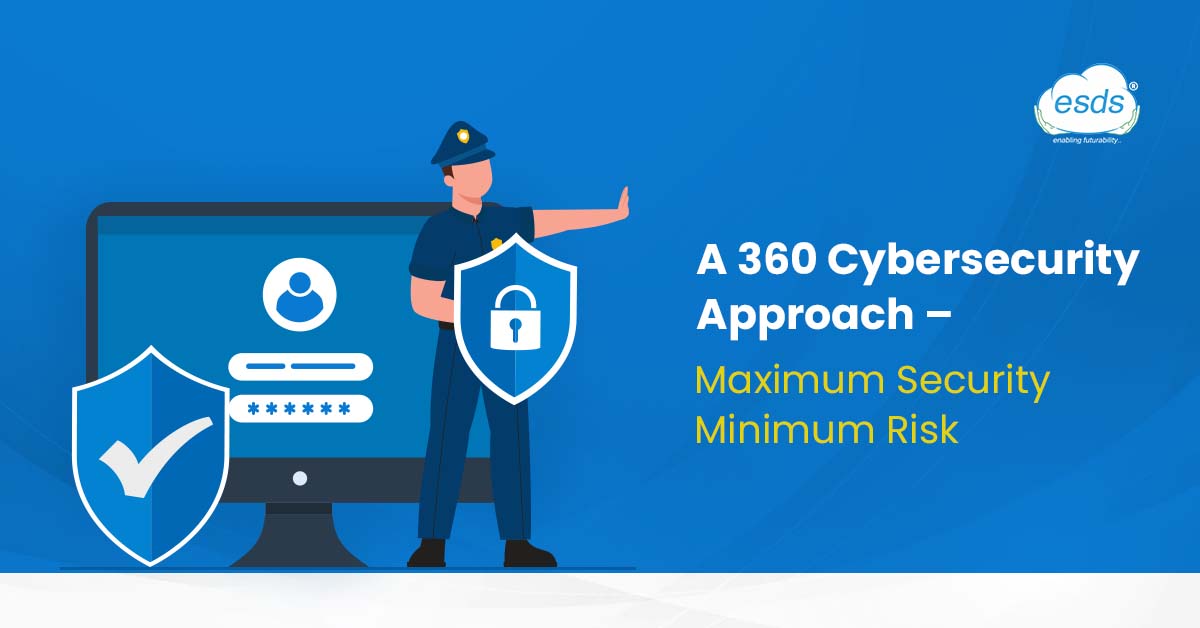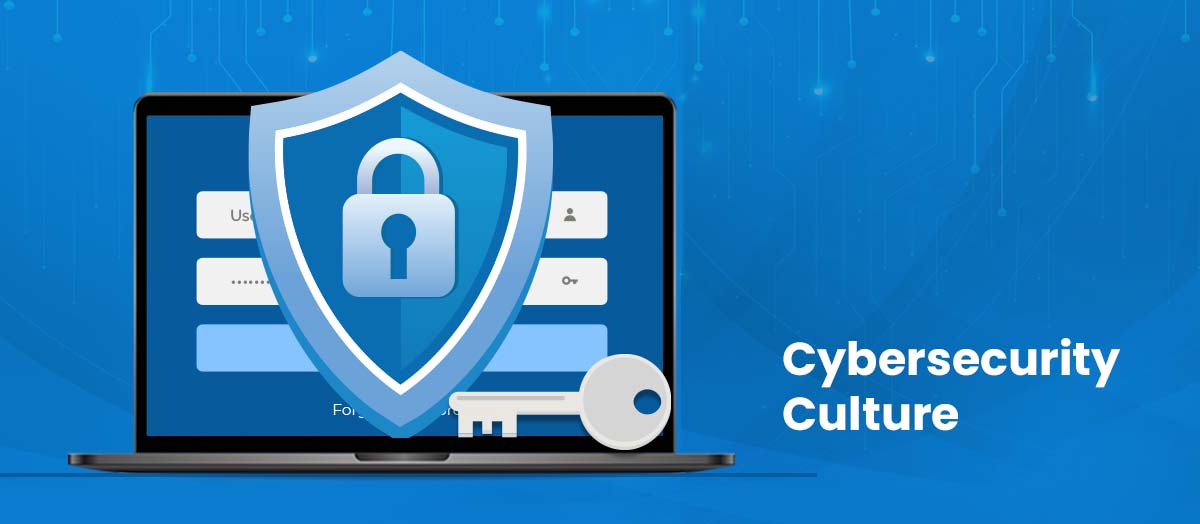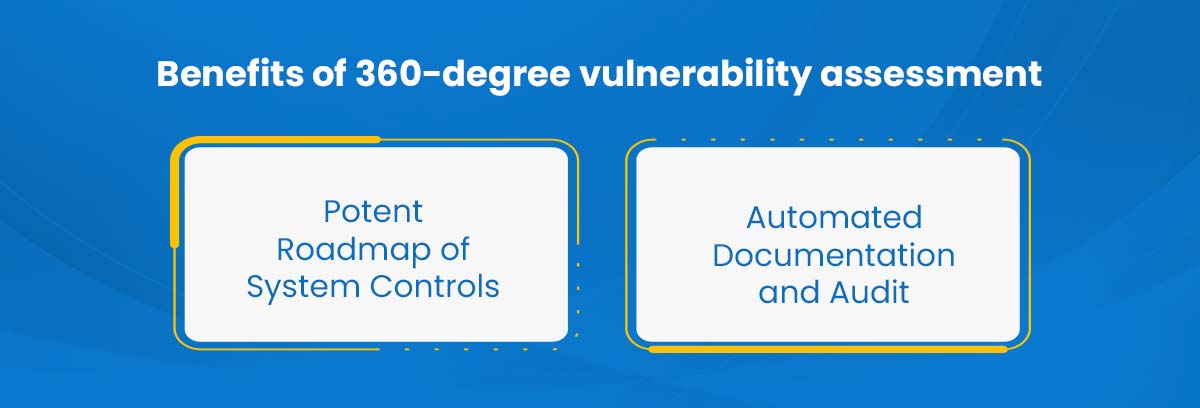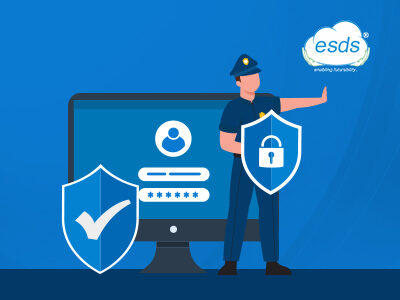A 360 Cybersecurity Approach – Maximum Security Minimum Risk
Technology is moving faster and advancing quickly, similarly, data is growing exponentially and in larger volumes. Businesses are investing strategically and financially to source the data, analyze it up to its potential, store it, and further action it. Throughout this process, security plays a very crucial role as any kind of threat or leak may cause severe damage to the business both financially and operationally. In the pandemic, the true potential of cloud and data centers has been witnessed by numerous organizations across sectors and across the globe.

Thanks to this much-needed appreciation cloud industry have been moving higher up the growth ladder. Since maintaining an on-premise infrastructure and other security measures is quite complex, businesses reach out to third-party providers to not only store their data but also secure it and operate further. Present-day SecOps teams are alert 24*7 to discover, analyze, correlate, and gain the deepest insights into the suspicious threat data. The aim is for comprehensive threat visibility that goes beyond the tactical approach. Proper threat visibility is charted out via automated threat response and examined threat intelligence, both are considered crucial aspects of a cybersecurity solution.
In order to fight and prevent cyberattacks and threats, businesses need a proactive approach and comprehensive cybersecurity protocols in place. A 360-degree approach is among the surest ways to maximize data protection as a part of the cybersecurity approach. To tackle the threats, weaknesses, and vulnerabilities, the implementation of cybersecurity measures and protocols is done on corporate and digital levels. Basis the firewalls and the heavily equipped staff and physical surveillance, cybersecurity is measured. Businesses in the BFSI, pharma and healthcare segments are at higher risk because of the sensitivity of their data, hence they need more of an advanced protection system in place.
As hybrid work culture is settling in and digital transformation rapidly growing, cybersecurity attacks and breaches have become more prone. Between 2015 and 2021 more than 85 million cyber breaches were recorded. From grocery shopping, entertainment, educational classes, and banking, so much has led to our dependency on the internet, which means so much of our personal data is out there. Did you know, India ranks 3rd on the list of countries’ top internet users? Yes, that’s right we are 3rd in that massive list, just behind China and US. This means we need to increase and tighten our security measures in order to protect the exponentially growing data which is a crucial factor for growing businesses. A 360-degree approach can be beneficial in this unpredictable and competitive market as gives an exhaustive view for thorough planning.
Cybersecurity Culture

A cybersecurity plan works effectively when the security team is thorough with action steps along with all digital systems in place to act when it’s time. Another way to ensure your plan is highly effective is mock drills, these drills help everyone in the system understand their role and how it will impact in times of crisis. With organized protocols, roles, responsibilities, and communication channels enacting systems.
For smaller companies, it is feasible to manage and organize these roles and systems, but for bigger organizations, the process becomes quite complex due to the large corporate structure and multiple branches. With an effective 360-degree cybersecurity approach it is imperative to create a comprehensive cybersecurity culture that gives the system a meaningful order.
What is a 360-degree vulnerability assessment?
Before solving a problem it is important to understand and spot a problem, assessing ways of tackling it, and accordingly charting an action plan. Businesses generally use multiple tools for patching and vulnerability management, for better network segmentation and management along with configuration management, malware protection, and access control.
To effectively address the patching of critical systems without a wholesome view of the entire vulnerability and protection layout becomes complex. This needs an assessment of the vulnerability to understand the core of the issue to be dealt with. Cyber attackers sit and wait for long periods with their eye on the exposed vulnerability looking for a chance to breach. With the help of malware in maximum cases, emails are their preferred targets.
With a 360-degree approach, scanning the vulnerability becomes easier for an organization to prepare a recovery plan. In cyber security recovering from a breach or an attack is equally challenging, the time taken to respond and recover is the most crucial and critical aspect of this plan. While organizations are investing heavily in sourcing, storing, and analyzing data, they must equally give importance to preparing a recovery and backup plan in case of a disaster.
Benefits of 360-degree vulnerability assessment

Potent Roadmap of System Controls:
Along with patching, effective security needs a documented control of systems if the deployment of critical patches is delayed. With the 360-degree view organization gets to decide the compensating control they want to prioritize for more efficient and effective results. This allows more control over the security systems to operate and prioritize as per the usage.
Automated Documentation and Audit:
Among the top challenges of vulnerability assessment is getting the visibility to comprehend the compensating controls in place in case an asset is not patched. A 360-degree approach provides smoother audit and documentation as it eliminates the silos that separate multiple controls irrespective of whether your standard is an internally imposed NIST CSF or CIS CSC20 or a regulatory imposed one.
In conclusion, while expanding the current cybersecurity program is it imperative to include a 360-degree approach for a holistic view of the security systems. This planning requires a good amount of time to be invested, expertise with proper self-auditing will make the process more effective. Overall, digitization is growing at a rapid speed and, businesses need to be on top of their game to compete and grow simultaneously. With the right cloud partner, security can be achieved smoothly with experts and the latest tools & technology on your side. ESDS is one such partner that can take care of your IT needs while you focus on growing your business.
- Unlocking Data’s Time Machine: The Importance of Database Point-in-Time Recovery - August 2, 2023
- Future-Proof You’re Data: Navigating the World of Enterprise Backup and Data Protection Solutions - July 7, 2023
- Unleashing the Potential of Long-Term Data Retention: Exploring Trustworthy Backup - May 31, 2023
